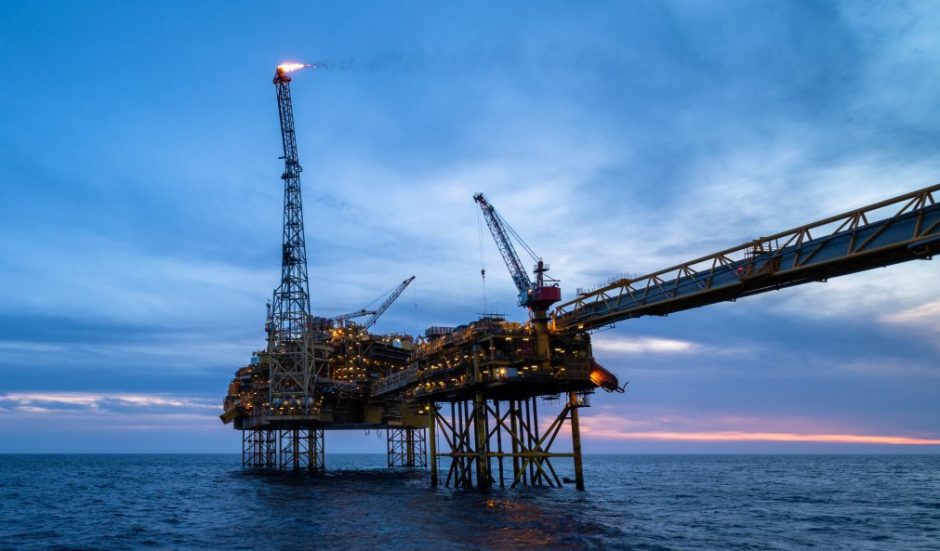
Increased well intervention could provide a “huge opportunity” for the North Sea supply chain and lead to “cheaper, easier, cleaner” UK production, according to the North Sea Transition Authority (NSTA).
Well intervention refers to activity which extends the production lifespan of oil and gas wells.
According to an NSTA report, well intervention is currently able to provide hydrocarbon production at a cost of less than £12 per barrel of oil equivalent (boe).
This represents a “very attractive option” at current oil and gas prices, the NSTA said, as well as requiring fewer operational days, less construction material and lower emissions than new well drilling.
In addition, increased well intervention activity provides a “stable flow of work” for the UK supply chain, keeping assets such as rigs in the North Sea.
The NSTA said a lack of contracting opportunities in the UK Continental Shelf (UKCS) is leading to suppliers increasingly seeking opportunities overseas.
“It is vital that this capability is kept in the UK to deliver the floating wind, carbon storage and hydrogen projects which will accelerate the energy transition,” the regulator said.
The NSTA said the offshore sector spent £1.42 billion on completing 41 new development wells in 2023, slightly more than in 2022 and in 2021.
The Central North Sea (CNS) saw the highest spend of £678m, with £235m in the Southern North Sea (SNS) and East Irish Sea, £299m in the Northern North Sea (NNS) and £208m West of Shetland (WoS).
North Sea well intervention
According to the NSTA report, operators increased well intervention activity across the NNS and WoS areas in 2023.
The NNS saw 102 wells in 2023, rising from 82 in 2022, while in the WoS well intervention work rose from two wells in 2022 to nine last year.
Meanwhile, well intervention activity decreased in the CNS, SNS and East Irish Sea.
To encourage more interventions, the regulator said it has completed a study of 795 shut-in wells to estimate how many could be brought back into production.
The number of shut-in wells represents an “all-time high of 31% of the active well stock” of 2,546 wells, the NSTA said.
While a proportion of the shut-in well stock could be brought back online, the NSTA said it is likely many will be permanently decommissioned without investment in infrastructure or downhole interventions.
NSTA chief technical officer Carlo Procaccini said well intervention work can produce “impressive results”, boosting efficiency and providing “cleaner” production.
North Sea well decommissioning
In addition, the NSTA also pointed to the sector “disappointingly” achieving 70% of planned well decommissioning activities in 2023.
Operators spent around £2bn on decommissioning in 2023, in line with forecasts, but they completed much less work than originally planned.
Inflationary pressures are leading to some operators deferring work in the hope that costs will eventually come down.
But the NSTA said failing to award contracts reduces the ability of supply chain firms to invest in their capacity and resources.
In July, the regulator announced an investigation into alleged failures by some operators to complete well plugging and abandonment (P&A) in line with approved plans.
Last month, the regulator warned it could soon name and shame operators who fail to meet decommissioning deadlines.
Elsewhere, the NSTA report found operators drilled eleven exploration wells, two of which were repurposed as producers, and five appraisal wells in 2023.
Total exploration and appraisal well spend was £571m, compared to £275m in 2022.
Operators spent £287m in the CNS, £84m in the NNS, £95m in the SNS and East Irish Sea combined, and £104m in the WoS.

 © Shutterstock / James Jones Jr
© Shutterstock / James Jones Jr